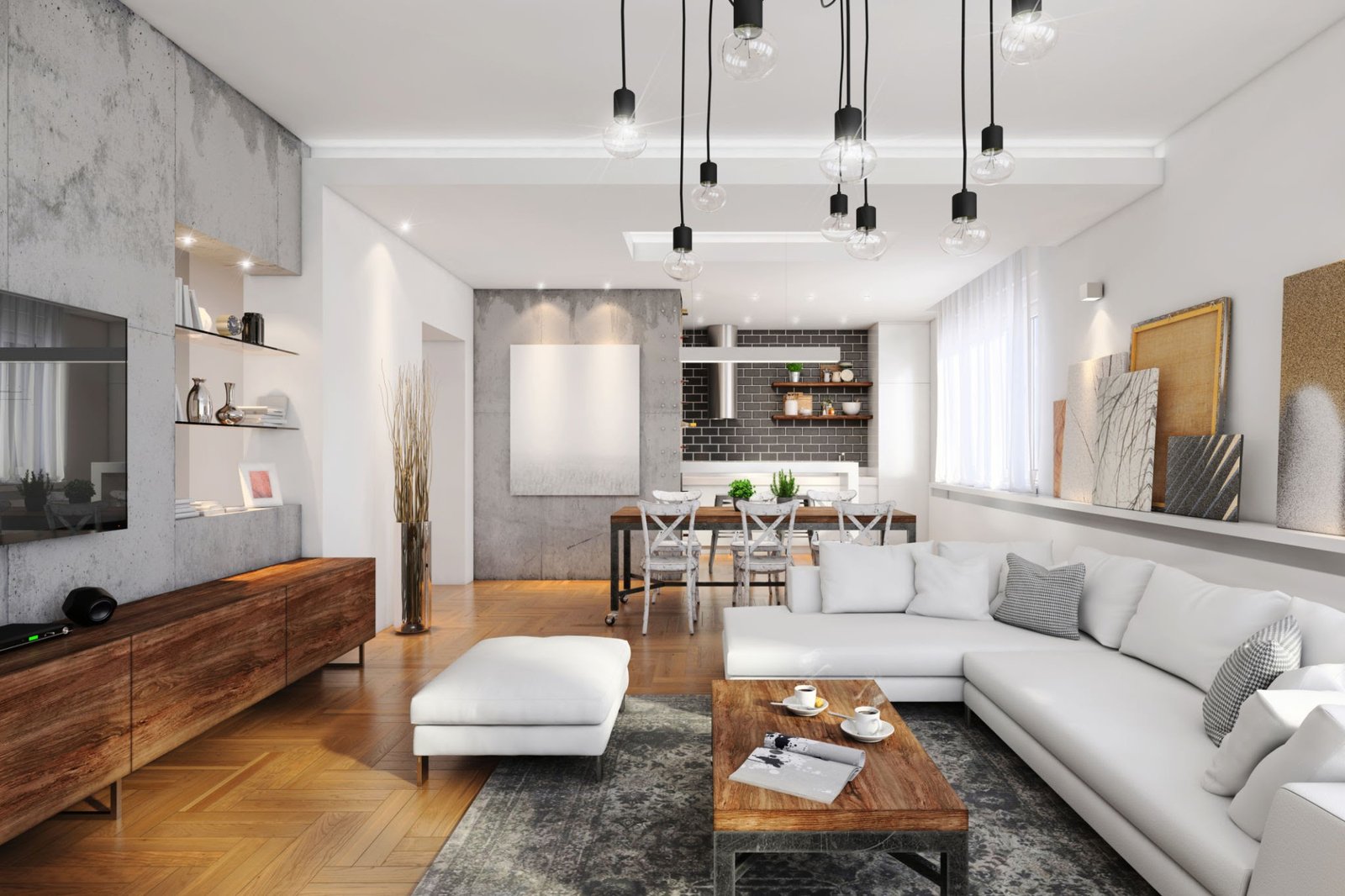
Creating Eco-Friendly Spaces (Sustainability)
Sustainable Interior Design: Creating Eco-Friendly Spaces
In today’s world, sustainability is more important than ever. Sustainable interior design focuses on creating spaces that are not only aesthetically pleasing but also environmentally responsible. Here are some key strategies for incorporating sustainability into your interior design.
Use of Eco-Friendly Materials
Choosing eco-friendly materials is a cornerstone of sustainable design. Opt for materials that are renewable, recyclable, or have a low environmental impact. Bamboo, reclaimed wood, cork, and recycled metal are excellent choices. These materials not only reduce environmental impact but also add a unique character to your space.
Energy-Efficient Lighting
Energy-efficient lighting can significantly reduce energy consumption and lower utility bills. LED bulbs are a great option as they use less energy and have a longer lifespan than traditional incandescent bulbs. Incorporating natural light is also essential. Large windows, skylights, and strategically placed mirrors can maximize natural light, reducing the need for artificial lighting during the day.
Sustainable Furniture
Investing in sustainable furniture means choosing pieces made from responsibly sourced materials and manufactured with eco-friendly processes. Look for furniture certified by organizations like FSC (Forest Stewardship Council) or GREENGUARD. Additionally, consider second-hand or vintage furniture, which can be both stylish and sustainable.
Indoor Air Quality
Improving indoor air quality is crucial for a healthy living environment. Use low-VOC (volatile organic compound) paints and finishes to minimize harmful emissions. Incorporating houseplants can also help purify the air and add a touch of nature to your home.
Water Conservation
Incorporate water-saving fixtures and appliances to reduce water usage. Low-flow faucets, showerheads, and dual-flush toilets are effective ways to conserve water without sacrificing performance. Additionally, consider using drought-tolerant plants in your indoor and outdoor gardens to reduce water consumption.
Waste Reduction
Reducing waste is a key aspect of sustainable design. Choose products with minimal packaging, recycle whenever possible, and consider the lifecycle of the items you purchase. Upcycling or repurposing old furniture and decor can also add a personal touch to your space while reducing waste.
Smart Home Technology
Smart home technology can contribute to a more sustainable lifestyle. Programmable thermostats, smart lighting systems, and energy-efficient appliances can help you monitor and reduce energy consumption. These technologies provide convenience and control, making it easier to live sustainably.
Minimalist Design
Adopting a minimalist design approach can help reduce consumption and promote sustainability. Focus on quality over quantity, choosing timeless, durable pieces that will last. A minimalist aesthetic also creates a clean, uncluttered space that can reduce stress and improve overall well-being.
Conclusion
Sustainable interior design is about making conscious choices that benefit both the environment and your living space. By using eco-friendly materials, energy-efficient lighting, sustainable furniture, and smart technology, you can create a beautiful, functional, and environmentally responsible home. At Akshna Buildwell, we are committed to sustainable design practices that enhance the beauty and functionality of your space while protecting the planet.
.png)

